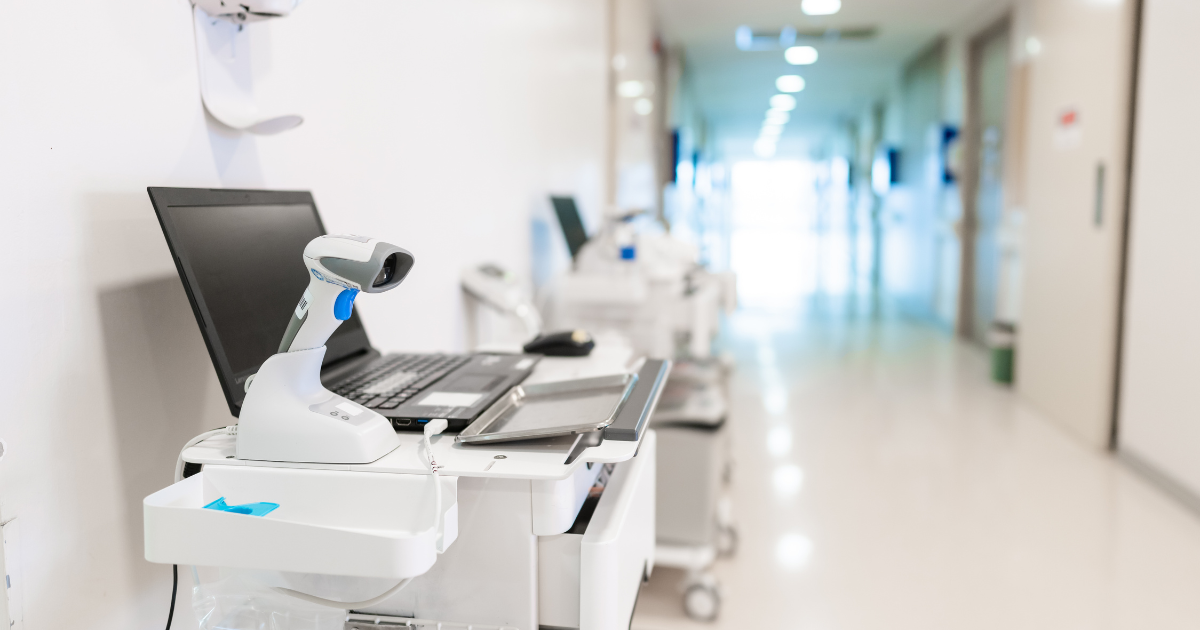In addition to their mobility and storage capabilities, medical carts may include features such as built-in power outlets, locking mechanisms for security, and ergonomic handles for ease of use. They are an essential component of healthcare settings, helping improve efficiency and patient care by providing healthcare providers quick and easy access to the tools they need.
Significant benefits and features of medical carts
Mobility: Mobile medical carts can move from one location to another. This ability makes it easy for healthcare providers to bring supplies and equipment to the point of care, improving efficiency and reducing the time and effort required to retrieve supplies from central storage areas.
Customization: Medical carts are customized to meet the specific needs of different healthcare providers and settings. For example, a medication cart may include built-in medication dispensing systems, while a wound care cart may include supplies such as dressings, bandages, and cleaning solutions.
Storage: Medical carts offer ample storage space for supplies and equipment, which helps to keep items organized and easily accessible. They may feature drawers, shelves, and compartments, allowing healthcare providers to store items of different shapes and sizes.
Ergonomics: Medical carts with ergonomics in mind, which means they are comfortable and easy to use for healthcare providers. Adjustable handles, easy-glide drawers, and other features make them easy to maneuver and operate.
Security: Medical carts with locking mechanisms help keep supplies and medications secure. This feature is essential for carts that contain controlled substances or other sensitive materials.
Power supply: There are medical carts with built-in power supplies, which allow healthcare providers to charge electronic devices such as laptops, tablets, and mobile phones.
They are improving efficiency, reducing the risk of errors, and enhancing patient care by enabling healthcare providers with quick and easy access to the tools and supplies they need.
Scenarios where Telemedicine Carts are being Utilized.
Medical carts are versatile tools used for various purposes in healthcare settings. Here are common use cases for medical carts:
Medication administration: Medication carts specifically for medication administration, typically featuring built-in medication dispensing systems, drawers for storing medicine, and secure locking mechanisms to ensure the security of controlled substances.
Emergency response: Emergency carts, also known as crash carts, are accessible during emergencies. They typically contain a range of emergency supplies, including defibrillators, airway management tools, and medications.
Procedure support: Procedure carts support medical procedures like wound care, dressing changes, and catheterization. They typically contain supplies such as gloves, gauze, cleaning solutions, and tools such as forceps and scissors.
Point-of-care testing: Point-of-care testing carts support diagnostic testing. They typically contain testing equipment and supplies, such as blood glucose monitors, rapid diagnostic tests, and collection devices.
Transport: Carts can move patients, supplies, and equipment throughout healthcare facilities. They can feature built-in oxygen tanks, patient monitors, and other equipment necessary for safe patient transport.
Storage: Medical carts can be used for general storage, providing healthcare providers with a convenient mobile storage solution for supplies and equipment.
Top Tips for Implementing Medical Carts
Start by identifying the needs of your healthcare facility. What type of care will carts be used for? What specific supplies and equipment will be transported? By answering these questions, you can determine which type of medical cart is best suited for your facility and ensure that the carts meet your needs.
Get buy-in from key stakeholders, including clinical staff, IT, and facilities management. Involve them in decision-making to ensure the carts meet their needs and invest in the project’s success.
Create a plan for the implementation, including timelines, roles and responsibilities, and training requirements. Ensure that the program addresses all implementation aspects, from ordering the carts to training staff.
Provide comprehensive training to staff on the use of medical carts. This training should include not only how to use the carts but also how to maintain and clean them. Ensure that staff are comfortable using the carts and understand their role in the implementation.
Monitor the use of the medical carts and evaluate their impact on workflow, patient care, and staff satisfaction. Use this feedback to adjust and continuously improve the implementation.
Get a customized implementation plan for your unique use case by contacting one of our experts!
